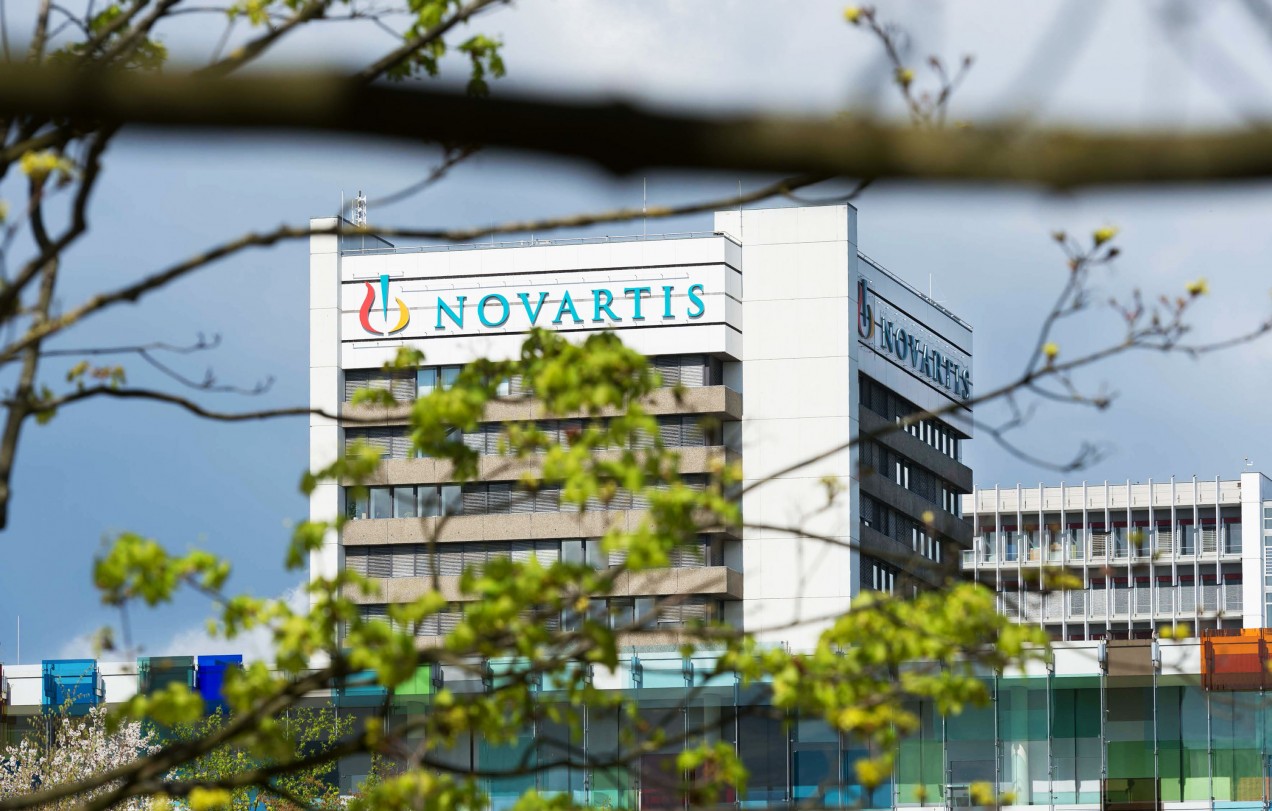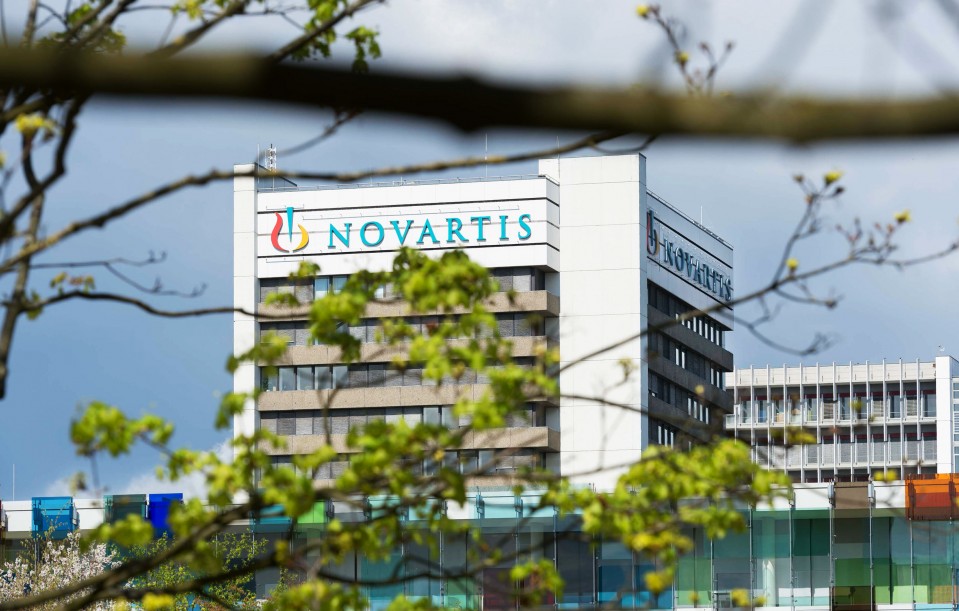

Biotechnology / Genetic Engineering
Gene therapy may have its first blockbuster
Novartis will sell the world’s most expensive drug, a treatment called Zolgensma to treat spinal muscular atrophy.

A newborn. A fatal diagnosis. And soon, a one-time gene replacement cure in the first weeks of life.
The cost? You don’t want to know.
Gene therapy is about to achieve a milestone. As soon as tomorrow, drug giant Novartis expects to win approval to launch what it says will be the first “blockbuster” gene-replacement treatment. A blockbuster is any drug with more than $1 billion in sales each year.
The treatment, called Zolgensma, is able to save infants born with spinal muscular atrophy (SMA) type 1, a degenerative disease that usually kills within two years. But its expected cost is shocking, too: between $1.5 and $2 million, which would make it the most expensive one-time medicine ever sold.
Novartis will announce the price as soon as it gets final approval from the US Food and Drug Administration, something the company expects to occur this week.
[Update: On Friday, May 24, Novartis won approval for the drug and set the price at $2.125 million, making it the world's most expensive one-time drug ever.]
Gene therapy uses viruses to insert healthy genes into patients’ cells, but the growing success of the concept may bring a reckoning for US health care.
The FDA predicts that by 2025 between 10 and 20 gene or cell treatments will reach the market each year, potentially roiling the US insurance market if costly treatments for hemophilia and muscular dystrophy win approval.
“The issue with many of these drugs is that they are expensive but also life-changing for those who need them,” says Michael Sherman, chief medical officer of the insurer Harvard Pilgrim Health Care, who has been negotiating with Novartis. “For this and other gene therapies coming down the pike, it’s not about saying no, but how do you say yes without bankrupting the system?”
Executives with Novartis say their SMA drug launch will include programs to help insurers pay, including a prototype “pay-as-you-go” plan as well as offers to reimburse a fraction of the drug’s price if patients die or end up on a ventilator.
“We’d like to pay over time,” says Sherman, “and to stop paying if it stops working. At these ever-increasing prices, I think it’s fair to ask.”
Sherman says such novel payment concepts can’t be fully implemented until insurers agree to take on patients’ outstanding bills when they switch plans. Also, a rule guaranteeing state Medicaid agencies the “best price” for all drugs means Novartis can’t offer a full money-back guarantee.
The treatment was created by a team in Ohio, where scientists and clinicians at Nationwide Children’s Hospital tested it on children with spectacular results. The kids were injected with trillions of viruses carrying a correct copy of a gene called SMN1, which they have in a mutated form that causes loss of motor neurons in the spinal cord.
The Nationwide researcher who perfected the idea, Brian Kaspar, formed a startup called AveXis, which Novartis acquired for $8.7 billion last year. Another researcher, Arthur Burghes of Ohio State University, also played a critical role by developing a mouse with SMA, and physician Jerry Mendell led the first human studies.
Since only about 400 kids a year in the US are born with SMA the acquisition price guaranteed a sky-high price for the drug. “They can do the math,” says Sherman.
Zolgensma, when it gets the expected green light, will become the sixth gene therapy approved in the US or Europe. But some of these have struggled to reach patients. One, Glybera, was pulled from the market after being purchased only once. Another, Strimvelis, which treats immune deficiency, has been used by fewer than a dozen paying customers, in part because it involves a bone marrow transplant. A third, Luxturna, addresses an eye disease that affects very few people.
In contrast, Novartis says, the SMA treatment is already in high demand. So far, 150 patients have received the gene therapy in clinical trials or through special access programs, says David Lennon, president of AveXis. In some cases, the treatment is being given to children at six weeks of age, highlighting how soon after birth a child’s genes can be fixed.
States including Minnesota and Pennsylvania recently added SMA to a panel of diseases kids are checked for in maternity wards. As other states follow suit, that is likely to add a steady number of new candidates for the drug.
The forthcoming approval of the gene replacement comes only three years after a different breakthrough, using a type of genetic drug called antisense, led to the first highly effective treatment for SMA. That drug, Spinraza, is sold by Biogen and costs $375,000 a year, but it must be taken continuously, year after year, with rapidly mounting costs.
The two competing treatments are now expected to duel in the market. But insurers expect that the one-time gene fix could cost less in the long run for eligible patients, despite the initial price tag. “My expectation is that health plans will not cover Spinraza for that group going forward,” says Sherman.
Parents’ hopes and insurers’ calculations all depend on the assumption that the gene-replacement fix will be lasting. So far, it is: some kids who were treated are now five years old and doing well. “We think that is a good proxy for something not coming back,” says Lennon. But there’s no proof the treatment won’t wear off, or have to be readministered later.
It’s also unknown if the gene therapy will ever reach poor countries whose medical systems aren’t able to care for children with SMA and who couldn’t afford it. Lennon says Novartis has no specific plans to sell the treatment in the poorest parts of the world.